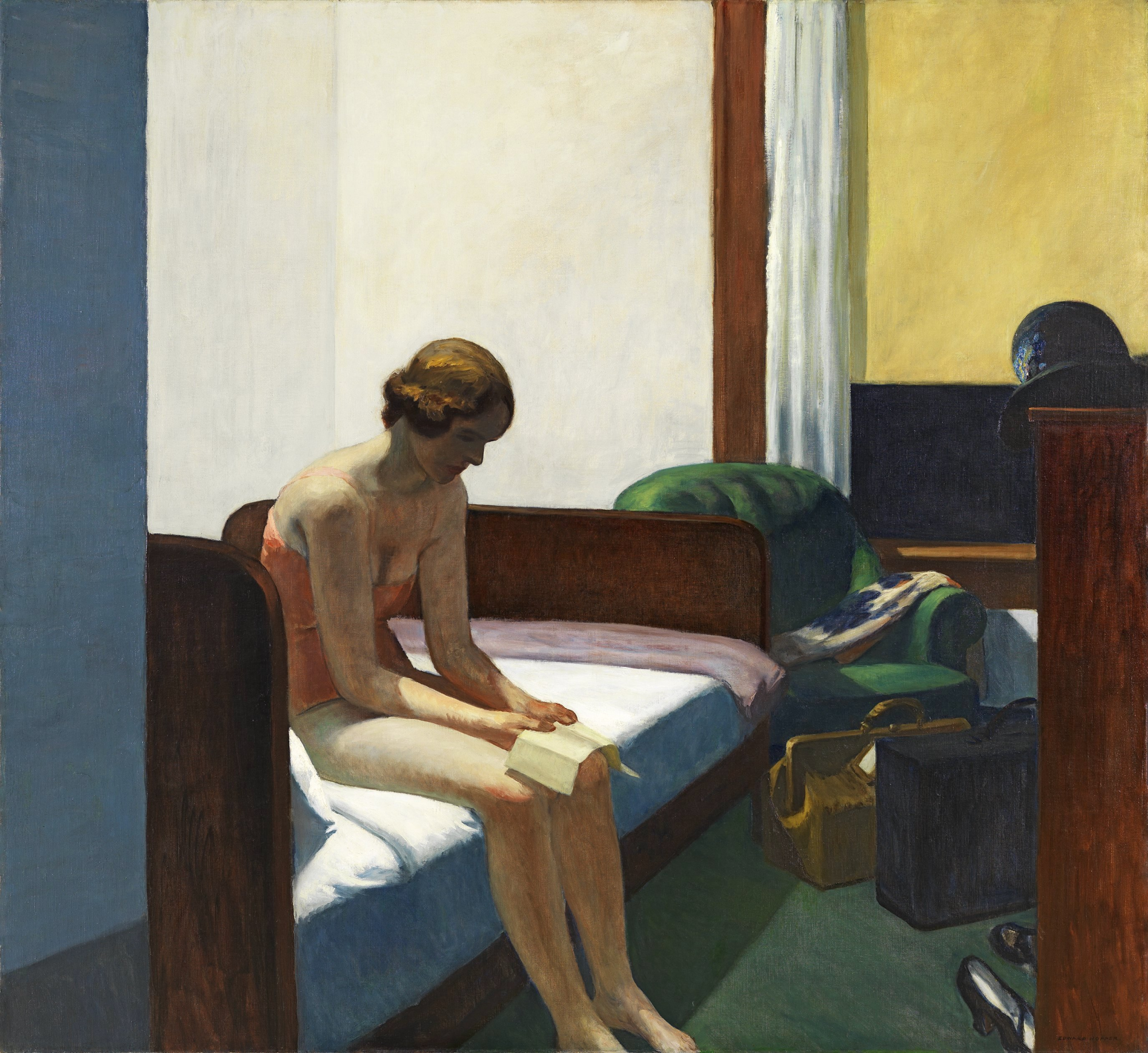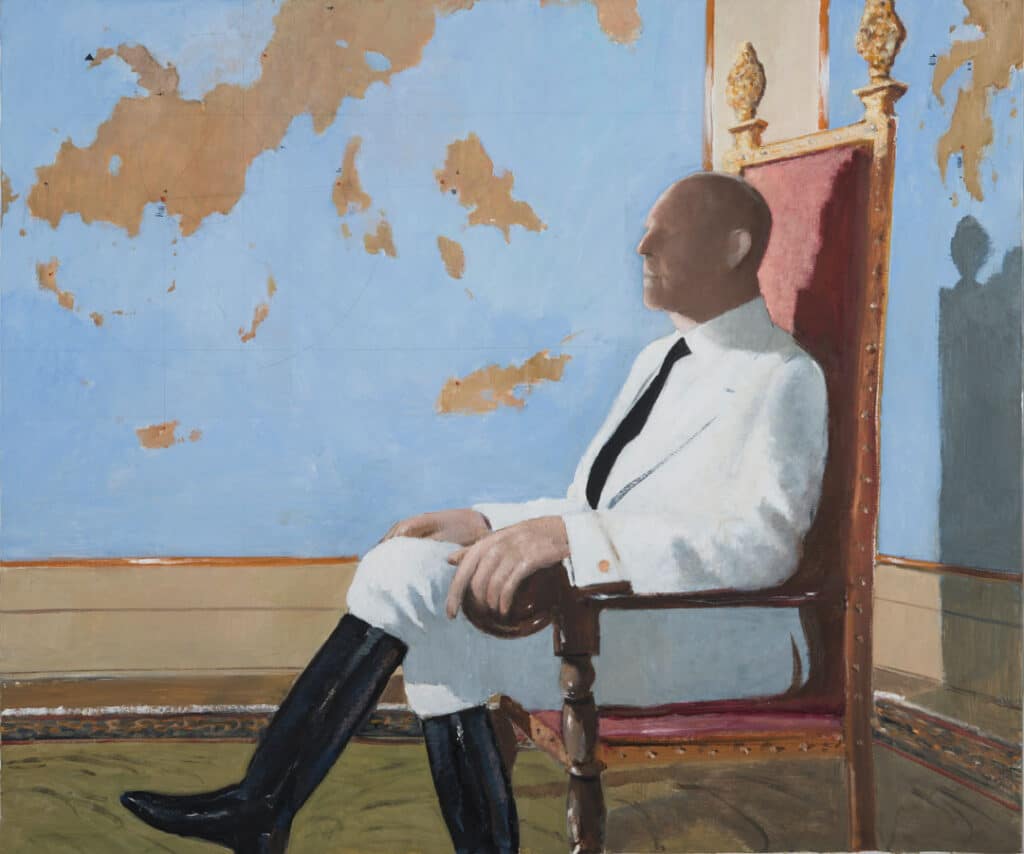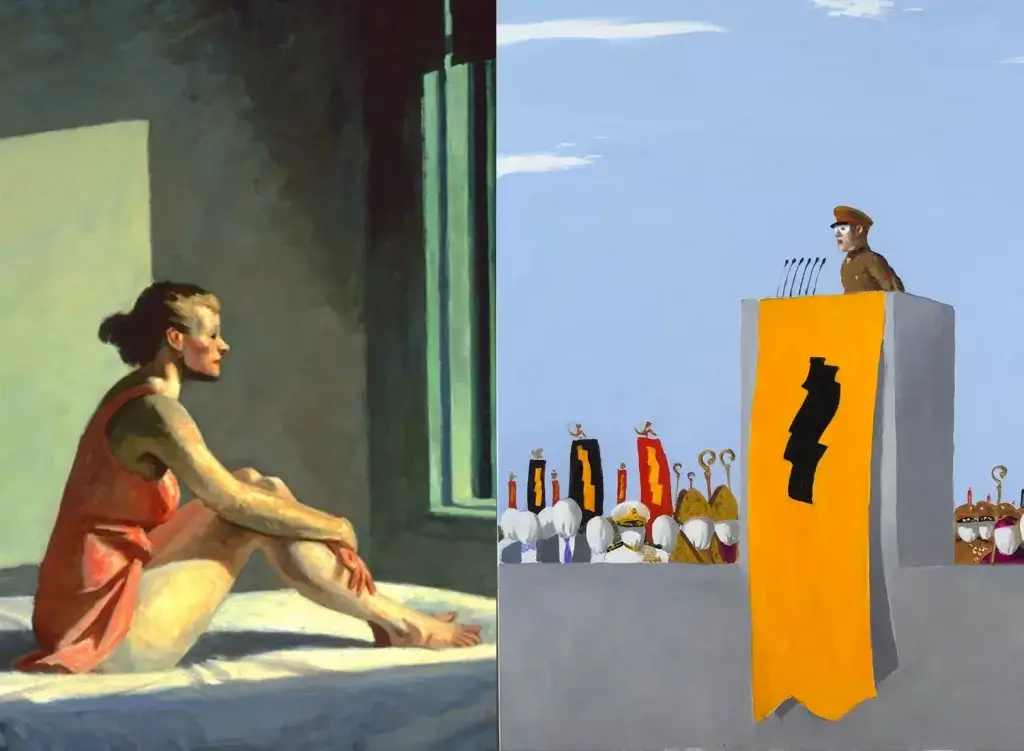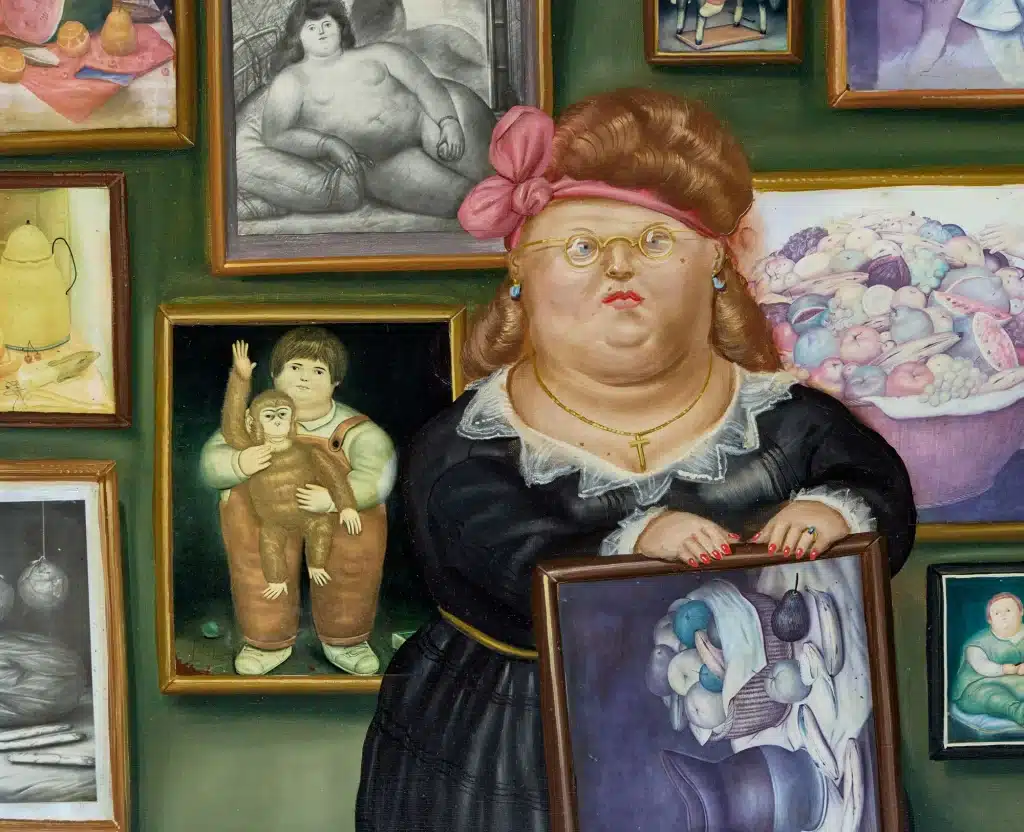Many times, an artist creates his own universes that begin, develop and live eternally within his works. The creation of stories and characters that have meaning within a painting or sculpture is a way of creating paradoxes, as these worlds can be as complex and detailed as the real one, and can be explored and understood through observation and interpretation of the artist’s works.
Julio Larraz and Edward Hopper are two artists who stand out in contemporary painting, each with a distinctive style and approach in their work. Both artists are recognized for their ability to create these imaginary worlds that allude to real and important problems of modern society.
These two artists touch on similar themes and have similar aesthetics, but the factor that makes the meaning so different is where they capture these images from: the United States and the Caribbean.

A recurring theme in the work of both artists is the exploration of human loneliness and disconnection from modern life. Hopper is known for depicting urban life with moments that evoke isolation and distance, even in a crowd. Larraz, on the other hand, uses the human figure as a metaphor to examine the human condition, often showing solitary characters in surreal scenarios that defy conventional logic.
In the atmospheres created by both artists there is an evident planning: even in the smallest detail there is a meaning to be interpreted. The colors used by each are meticulously selected to convey a specific emotion. In the simplicity of a space, the deepest meanings are hidden.
In terms of style, Hopper is much more realistic than Larraz. His paintings tend to represent a stillness and tranquility that seems to break at any moment. Larraz, although his technique also seems to follow realistic lines, plays with evidently fantastic and surrealistic elements that end up creating an atmosphere of mystery and surprise.

The artists’ use of light and shadow is impeccable. They create atmospheres and moods in their paintings without the need to use explicit elements. His images often have dramatic lighting with strong contrasts between areas of light and shadow. These two elements become protagonists, as it is common in the work of both artists to see scenes with empty spaces that force us to immerse ourselves in their worlds along with their characters and create questions around them.
Despite having so many elements in common, their works are easy to differentiate from each other. Hopper focused on everyday life in America, with special emphasis on urban life. His works often depict everyday issues in the United States. He poses worlds in which his characters face dystopian questions that possibly those who observe the work are also questioning or have questioned.

Larraz’s work, in its simplicity, is more political. His mysterious atmospheres feature a subtle and ironic sense of humor, often manifested in the way he depicts everyday objects in unexpected and surprising ways; he creates subtle social criticism, exploring themes such as inequality, oppression and corruption. Through the representation of surreal and often absurd situations, Larraz invites the viewer to reflect on the injustices of modern life and the complexity of human nature.






